Transform Your Space: 5 Key Trends in Modern House Furniture for 2024
As we step into 2024, the landscape of modern house furniture is undergoing a remarkable transformation, driven by evolving consumer preferences and innovative design concepts. According to the 2023 Global Furniture Market Report, the industry is projected to grow at a CAGR of 5.2%, reflecting a strong demand for stylish yet functional pieces that enhance living spaces. Key trends such as sustainable materials, multi-functional designs, and smart furniture integrations are reshaping the way we perceive and utilize our homes. Homeowners are increasingly seeking out modern house furniture that not only complements their aesthetic sensibilities but also promotes a healthier, more efficient lifestyle. As these trends come to the forefront, it becomes essential for consumers and designers alike to stay informed about the latest developments in order to create spaces that are both trendy and practical.

Sustainable Materials: Embracing Eco-Friendly Furniture Choices for Modern Homes
As we transition into 2024, modern house furniture trends are leaning heavily towards sustainability, with eco-friendly materials taking center stage in home design. Homeowners are increasingly prioritizing pieces that not only enhance their living spaces but also reduce their environmental footprint. From reclaimed wood furniture to organic fabrics, these choices reflect a growing consciousness about our impact on the planet.
When selecting sustainable furniture, consider the source and lifecycle of the materials. Look for items made from recycled or responsibly harvested materials, as these reduce waste and environmental degradation. Additionally, supporting local artisans can lower carbon emissions associated with transportation and foster community craftsmanship.
Incorporating plants into your furniture choices can also promote a greener home. Furniture with built-in planters or those that are made from living materials not only improve air quality but also add a unique aesthetic appeal. Remember, embracing eco-friendly furniture isn't just about looking good; it's a conscious lifestyle choice that redefines modern living while nurturing the environment.
Smart Furniture Solutions: Integrating Technology into Everyday Living Spaces
As we head into 2024, the fusion of technology and home living spaces is becoming more prominent, especially with the increasing adoption of smart furniture solutions. The smart toilet market is projected to reach approximately $275.128 million by 2025, expanding to $6.39547 billion by 2033, showcasing an impressive compound annual growth rate of 11.12%. This growth reflects a broader trend where homeowners are not only seeking aesthetics but also functionality in their renovations, leading to a greater demand for integrated smart solutions in daily living.
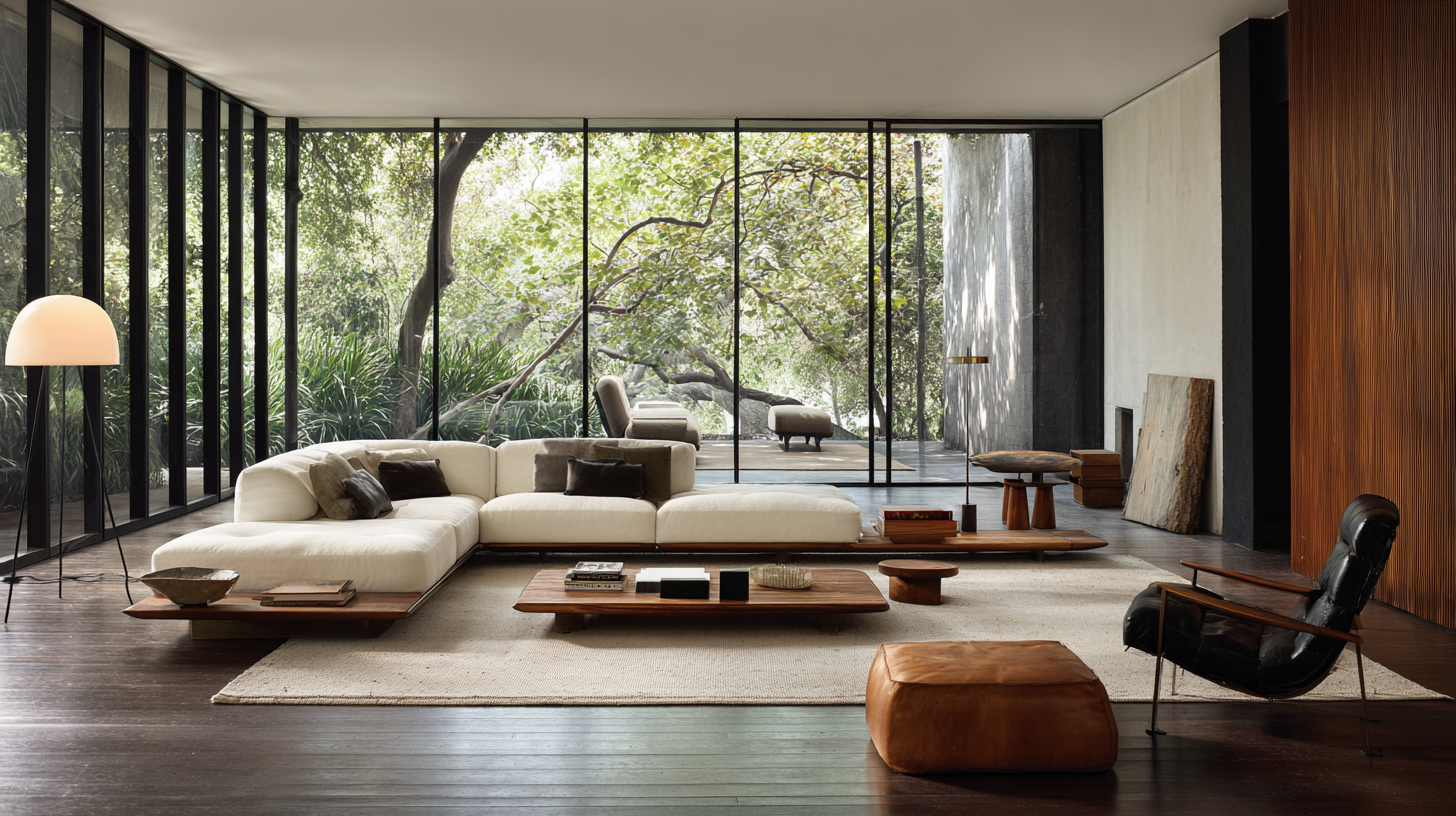
Brands are innovating by introducing products that seamlessly blend modern design with intelligent technology. For instance, emerging companies are bringing forth solutions such as AI-driven cooking assistance and IoT-connected appliances that transform traditional home experiences into intuitive, responsive environments.
Smart homes are evolving from merely being collections of automated devices to holistic ecosystems that enhance daily living. This change underscores a significant pivot in consumer preferences towards homes equipped with technologies that elevate comfort and convenience, signifying a new era in residential design that values both style and smart functionalities.
Minimalist Aesthetics: Creating Calm and Functional Spaces with Less
In the ever-evolving world of interior design, minimalist aesthetics continue to dominate the modern furniture landscape. As we move into 2024, the focus on creating calm and functional spaces through simplicity remains paramount. This approach advocates for fewer, but more intentional pieces, allowing each item to breathe and contribute to an overall sense of tranquility. By selecting furniture that embodies clean lines and neutral palettes, homeowners can cultivate environments that promote relaxation and clarity.
The beauty of minimalist design lies in its versatility and accessibility. Essential elements such as multifunctional furniture, natural materials, and open layouts encourage a seamless flow within living spaces. For instance, a sleek sofa that doubles as a guest bed or a dining table crafted from reclaimed wood can enhance both the functionality and aesthetic appeal of a room. By prioritizing quality over quantity, individuals can create homes that reflect their unique personality while maintaining an inviting and clutter-free atmosphere. In this way, minimalism not only transforms spaces but also enhances the quality of life for those who inhabit them.
Transform Your Space: Key Trends in Modern House Furniture for 2024
Bold Colors and Patterns: Revitalizing Interiors with Vibrant Design Trends
The trend of incorporating bold colors and patterns into modern house furniture is gaining significant momentum for 2024. According to a report by the Global Interior Design Association, approximately 68% of homeowners are shifting towards vibrant tones to infuse energy and personality into their living spaces. This reflects a broader cultural movement towards expressing individuality and creativity within home environments. Designers are now embracing rich hues like emerald green, deep navy, and even vivid coral to create striking focal points in rooms, moving away from the muted palettes that have dominated in previous years.
In addition to colors, patterns are playing a pivotal role in revitalizing interiors. A recent survey by the American Home Furnishings Alliance indicated that 54% of consumers are favoring patterned fabrics, such as geometric prints and botanical designs, for their upholstery and curtains. This rise in pattern popularity can be attributed to the desire for homes that feel less sterile and more inviting. Furniture pieces adorned with bold prints are not only visually stimulating but also serve as conversation starters, transforming common spaces into vibrant retreats that reflect personal style.
Transform Your Space: 5 Key Trends in Modern House Furniture for 2024
| Trend | Description | Color Palette | Material | Ideal Room |
|---|---|---|---|---|
| Bold Color Accents | Incorporating vibrant colors through furniture pieces to create focal points. | Turquoise, Magenta, Sunshine Yellow | Wood, Metal, Upholstery | Living Room |
| Eclectic Patterns | Mixing different textures and patterns to add visual interest. | Geometric, Floral, Stripes | Textiles, Wallpaper, Rugs | Bedroom |
| Sustainable Materials | Using eco-friendly materials for furniture production. | Natural Shades, Earthy Tones | Bamboo, Recycled Wood, Organic Fabrics | Dining Room |
| Multipurpose Furniture | Furniture that serves multiple functions to maximize space. | Neutral Colors with Bold Accents | Wood, Fabric, Metal | Home Office |
| Retro Revival | Incorporating vintage styles and designs into modern furniture. | Pastel Shades, Bold Primary Colors | Plastic, Wood, Upholstered Fabrics | Entertainment Area |
Multifunctional Furniture: Maximizing Space Efficiency in Small Living Areas
In 2024, the trend of multifunctional furniture is revolutionizing small living areas by maximizing space efficiency without compromising style. As urban living becomes more common, the demand for innovative solutions that cater to both functionality and aesthetics continues to rise. Multifunctional pieces, such as sofa beds, extendable dining tables, and storage ottomans, allow homeowners to create adaptable environments perfect for various occasions.

Tips: When selecting multifunctional furniture, consider your specific needs. For example, a coffee table that doubles as a work desk can be ideal for remote workers, while wall-mounted desks can save floor space while offering a dedicated workspace. Also, prioritize durability and design versatility to ensure that these pieces seamlessly fit into your overall decor.
Another important aspect of multifunctional furniture is the clever use of vertical space. Installing shelves that incorporate seating or adding modular units that can be rearranged as needed will help create a more open and organized atmosphere. Look for creative layouts that make the most of corners and underutilized areas to transform your small space into a stylish and efficient oasis.
Related Posts
-
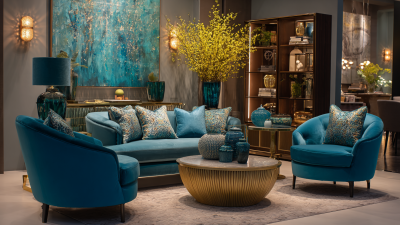
Exploring the Top Boutique Furniture Options for Stylish Living Spaces
-

Future Trends in Global Sourcing: How to Choose the Best Modern Apartment Furniture by 2025
-
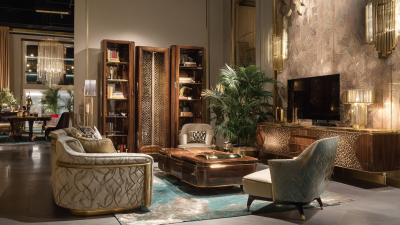
Global Trends in Luxury: China’s Cutting-Edge Furniture for Elite Buyers
-
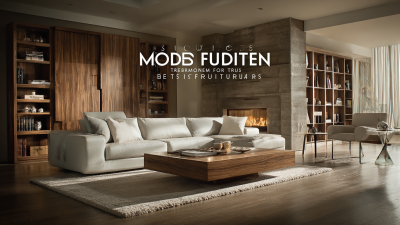
Solutions for Transforming Spaces with Best Modern Furniture
-

Global Buyers Trust in Made in China for Best Lighting Fixtures Quality
-
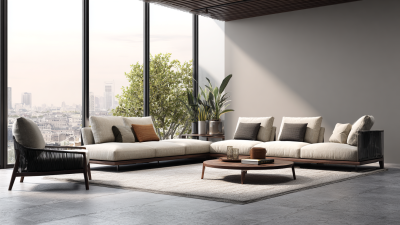
Innovative Designs Shaping the Future of Best Modern Contemporary Furniture

